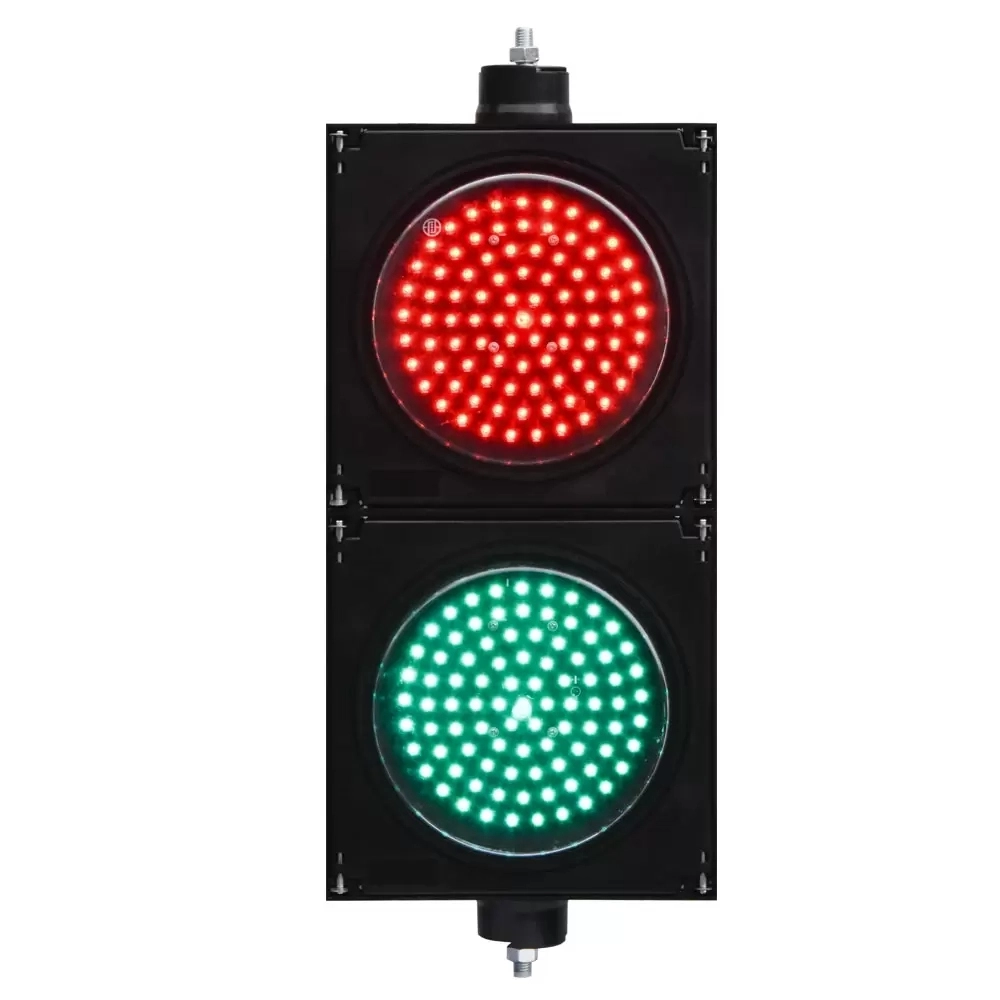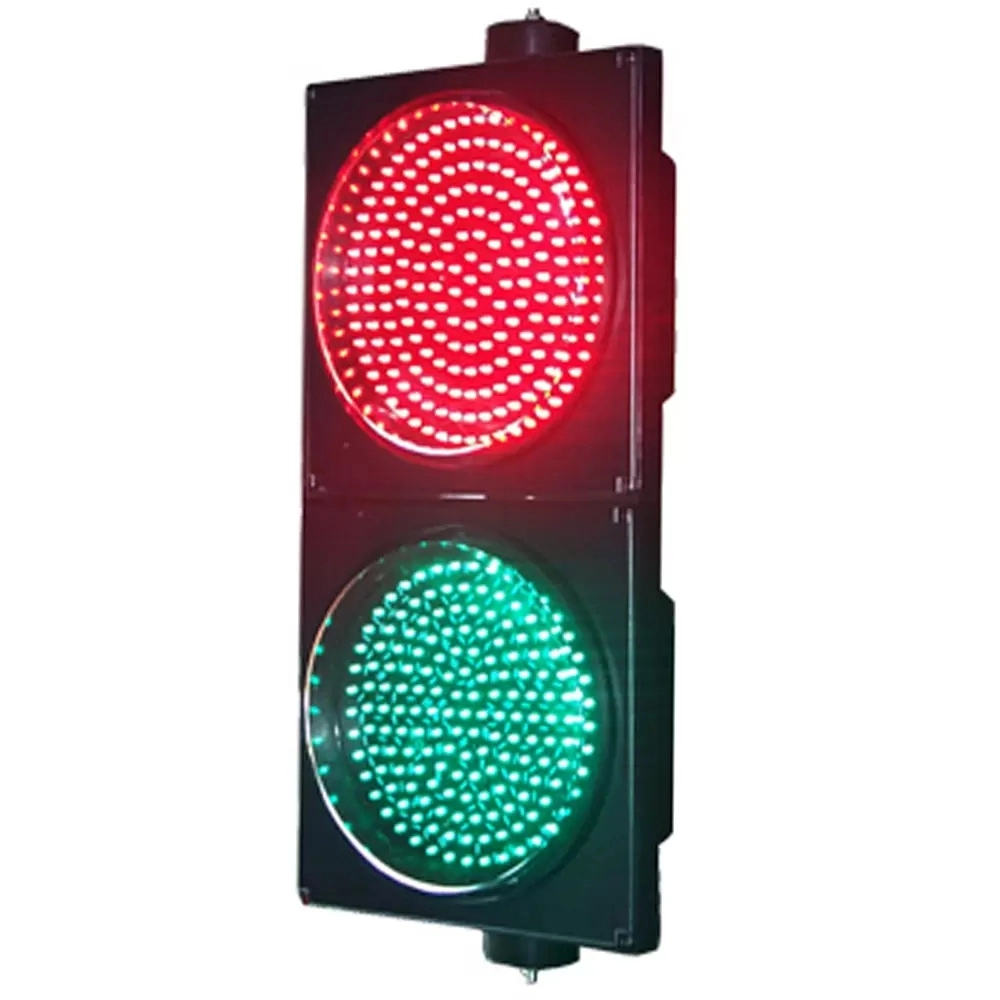Home > News > Industry News > Eco-Smart Intersections: How Low Power Red/Green Traffic Lights Save Energy and Enhance Safety
Eco-Smart Intersections: How Low Power Red/Green Traffic Lights Save Energy and Enhance Safety
As cities worldwide transition toward smarter, more sustainable urban mobility, traffic infrastructure plays a critical role in balancing safety, efficiency, and environmental impact. One of the most effective innovations in this space is the low power red/green traffic light, designed to reduce energy consumption while maintaining optimal visibility and operational reliability.
FAMA Traffic, a leader in integrated intelligent transportation solutions, has been at the forefront of deploying eco-smart traffic lights that combine advanced LED technology, intelligent power management, and robust design to create intersections that are safer, more energy-efficient, and easier to maintain. Guided by its mission of “making travel safer and smarter”, FAMA Traffic provides integrated solutions for smart signal control, traffic safety, and 5G multifunctional smart poles, supporting cities in achieving sustainable mobility goals.
This article explores how low power traffic lights enhance urban safety, save energy, and contribute to the development of smart, eco-friendly intersections.
1. Energy Efficiency Through Innovative Power Design
A key feature of FAMA Traffic’s low power red/green lights is their energy-conscious design, which maximizes operational efficiency without compromising brightness or visibility. Core innovations include:
1.1 European Standard Power Supply
The traffic light incorporates an independently designed Euro standard power supply with high energy conversion efficiency. With a power factor of up to 0.98, it reduces energy waste and ensures stable, environmentally friendly operation. This design allows cities to significantly lower electricity consumption at intersections while maintaining reliable traffic signal performance.
1.2 Constant Current Drive
The constant current drive design ensures that each LED operates at a stable current, which:
Extends lamp lifespan
Reduces maintenance frequency
Minimizes the risk of brightness fluctuations over time
By maintaining consistent LED performance, cities can achieve long-term energy savings and operational efficiency.

2. Stable and Reliable Operation
Urban intersections are complex environments, and traffic lights must maintain consistent performance under heavy usage and adverse conditions. FAMA Traffic achieves this through several technical measures:
2.1 Mesh Circuit Design
The light board adopts a mesh circuit layout, which isolates faulty LED beads while keeping the remaining LEDs functional. This ensures:
Continuous display without interruption
High reliability even in the event of component failure
Reduced downtime and improved traffic safety
2.2 Electromagnetic Compatibility (EMC)
Strict adherence to European EMC standards minimizes interference with the power grid and nearby devices. With total harmonic distortion below 10%, these lights enhance overall intersection stability and protect sensitive electronic equipment in urban environments.
These design strategies make low power traffic lights robust, reliable, and suited for high-demand intersections.
3. Safety Enhancements for Modern Intersections
Beyond energy efficiency, low power red/green traffic lights contribute directly to road safety:
Uniform Illumination: LED technology provides consistent brightness, ensuring signals are clearly visible in all weather and lighting conditions.
Fault Isolation: Mesh circuit design prevents partial light failure, maintaining the clarity of traffic signals at all times.
Responsive Performance: Stable power supply and EMC compliance prevent flickering or interference, reducing driver confusion and accident risk.
By combining these safety features, eco-smart traffic lights help cities reduce collisions, improve pedestrian safety, and support efficient traffic flow.
4. Environmental and Economic Benefits
Implementing low power red/green traffic lights produces tangible environmental and economic advantages:
Reduced Energy Consumption: High-efficiency LEDs and power supplies can cut electricity usage by 50–70% compared to traditional incandescent or low-grade LED lights.
Lower Carbon Footprint: Energy-efficient operation contributes to sustainable urban development and supports citywide carbon reduction targets.
Longer Lifespan and Lower Maintenance: Constant current drive and mesh circuit technology reduce replacement and repair needs, saving municipalities money on labor and materials.
Smart Investment: Though initial installation costs may be higher than conventional lights, long-term savings in energy and maintenance make eco-smart lights a cost-effective solution.
In essence, these traffic lights align operational efficiency with environmental responsibility, creating smarter, greener intersections.
5. Integration with Intelligent Transportation Systems (ITS)
FAMA Traffic’s eco-smart lights are designed for seamless integration into ITS networks, enabling smarter urban traffic management:
Adaptive Signal Control: Lights can respond to real-time traffic data, adjusting red/green timing to minimize congestion.
Data Collection: Embedded sensors gather information on traffic flow, pedestrian movement, and environmental conditions.
Connectivity: Integration with 5G multifunctional smart poles allows communication with vehicles, central management systems, and emergency services.
Future-Ready Infrastructure: These lights serve as nodes for urban intelligence, enabling cities to scale toward fully connected smart mobility networks.
Through these capabilities, eco-smart intersections not only reduce energy consumption but also enhance the efficiency and safety of urban traffic systems.
6. Deployment Considerations
For cities planning to implement eco-smart traffic lights, several factors are critical:
Optimal Positioning: Proper placement ensures maximum visibility and safety for drivers and pedestrians.
Power Infrastructure: Ensure that supply lines support stable operation with surge protection for continuous performance.
Integration with ITS: Lights should communicate with centralized traffic control systems for adaptive operation.
Maintenance Planning: Mesh circuit design and robust components reduce intervention needs, but periodic inspections are recommended for optimal performance.
FAMA Traffic provides comprehensive support, including installation guidance, traffic signal timing optimization, and maintenance services, ensuring long-term operational stability.

7. Future Trends in Eco-Smart Intersections
The evolution of low power traffic lights aligns with emerging trends in smart city infrastructure:
AI and Machine Learning: Predictive algorithms adjust traffic lights based on traffic density, peak hours, and pedestrian flow.
IoT Integration: Sensors and connected systems enable vehicle-to-infrastructure communication, enhancing traffic efficiency.
Renewable Energy Integration: Solar-powered and energy-recovery-enabled traffic lights further reduce operational costs and environmental impact.
Enhanced Safety Systems: Future lights may integrate pedestrian detection, cyclist alerts, and emergency vehicle prioritization.
These trends indicate that eco-smart traffic lights are becoming multifunctional hubs for safety, efficiency, and sustainability.
8. Conclusion
Low power red/green traffic lights are transforming intersections into eco-smart, safe, and energy-efficient hubs. Through mesh circuit design, constant current drive, European standard power supply, and EMC compliance, FAMA Traffic’s lights ensure long-lasting performance, reduced energy consumption, and enhanced road safety.
By integrating these lights into intelligent transportation systems, cities can achieve smarter traffic management, lower carbon emissions, and safer roads, fulfilling the promise of sustainable urban mobility. With FAMA Traffic’s expertise, eco-smart intersections are not just a technological upgrade—they are a cornerstone of future-ready, intelligent cities.
